Are you struggling to get rid of the Lily of the Valley that has taken over your garden? We’ve found that many people struggle with this problem. This is why we are here to help! In this blog post, we will share our tips and tricks on how to effectively eliminate Lily of the Valley from your garden. You won’t have any more problems with annoying plants taking over – these steps will prove successful in destroying every weed-like plant out there. Keep reading if you’re determined to learn how to permanently get rid of pesky Lily of the Valley and enrich your gardening experience!
Table of Contents
When Should You Get Rid of Lily of the Valley?
Lily of the valley can be a beautiful addition to your garden, but it can also become an unwelcome invader. If left unchecked, lily of the valley can quickly spread and take over large areas of land, leading to poor soil conditions and reduced biodiversity. It is important to recognize when lily of the valley has become too much for your garden or property and take steps to remove it before it spreads further.
Signs that you may need to get rid of lily of the valley include:
- Overly dense patches in certain areas
- A lack of diversity in your flower beds or lawn
- Invasive roots that are destroying other plants
- Unwanted seedlings sprouting up in surrounding areas
If you identify any of these signs, it is time to start thinking about getting rid of lily of the valley. There are several different methods that can be used to remove lily of the valley from your property, but each one should be tailored to the specific situation. [1]
Ways to Remove Lily of the Valley
Chemical Method
The most effective way to remove lily of the valley is by applying an herbicidal solution containing glyphosate or triclopyr. You can buy this in a concentrate form and mix it with water according to the directions on the label. Apply the solution to all areas where you find lily of the valley, thoroughly wetting all surfaces of the plant including its leaves and stem. Keep in mind that these chemicals are non-selective, so they will kill other plants as well.
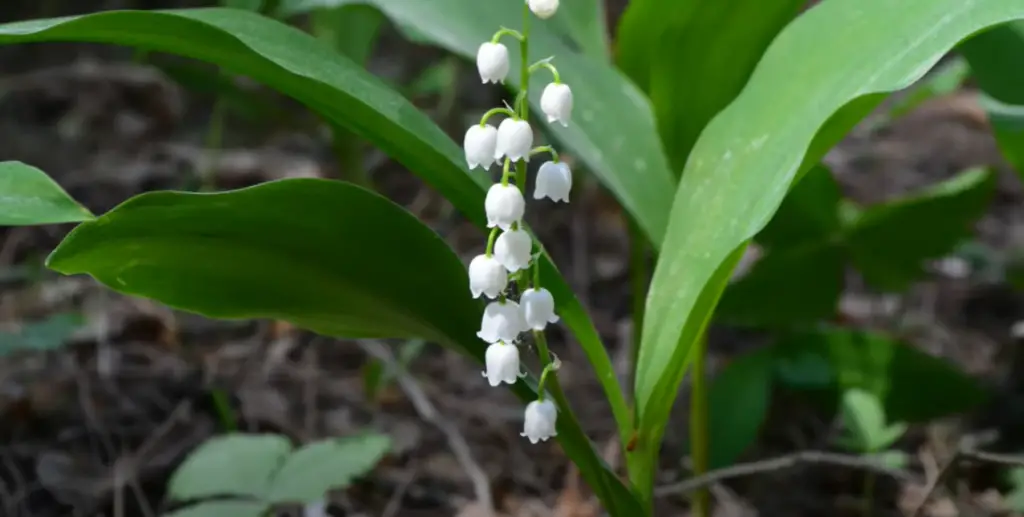
Manual Method
If you don’t want to use chemicals, you can try a manual approach instead. Gently dig around each lily of the valley patch using a trowel or shovel. Try to get as much of the root system as possible. Be sure to discard the plants in a place far away from any other area you don’t want invaded by lily of the valley. You should also be sure to check for new sprouts frequently, removing them as soon as they appear. Repeating this process over time may help to control and reduce your lily of the valley population.
Cultural Practices
In addition to manual or chemical removal, there are some cultural practices which can be implemented to help control lily of the valley growth. Keeping weeds under control and maintaining a thick, healthy layer of mulch in these areas will help discourage new development.
Install a Physical Barrier
In areas where lily of the valley is a problem, you may want to consider a physical barrier like landscaping fabric or plastic. Install it underneath the mulch, making sure to secure the edges so that no new growth can come up through it. This method may take more time and labor but can be effective in controlling these pesky plants. [2]
Try Digging Them Out
If you have a large infestation, you may find it necessary to dig them out. Start by wetting the soil around the plants and using a spade or shovel to loosen the soil before attempting to pull them out. This process can be labor-intensive but may help reduce the lily of the valley population in your yard.
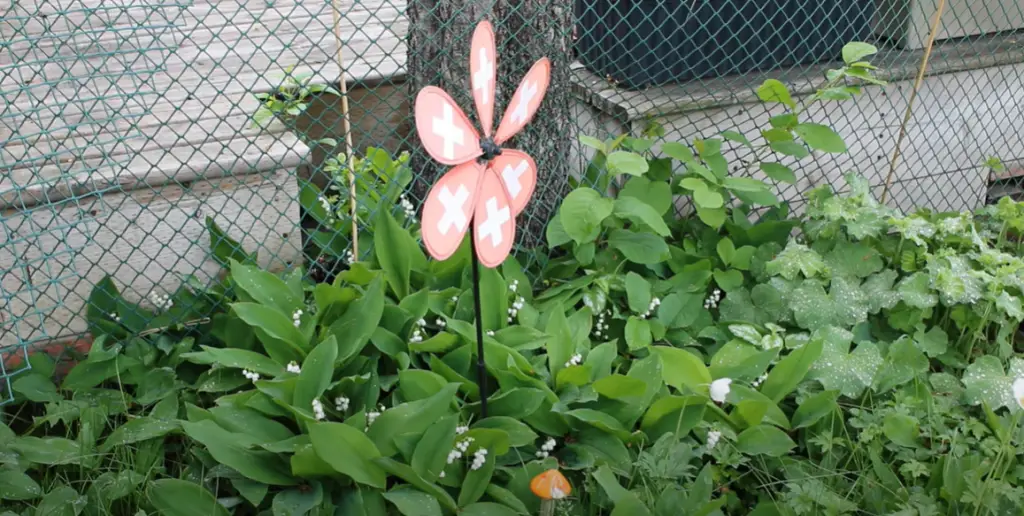
Potential Challenges for Getting Rid of Lily of the Valley
When it comes to getting rid of lilies of the valley, there are some potential challenges that you may encounter. For one thing, this plant is known to be highly invasive and can quickly spread throughout a given area. Furthermore, its underground rhizomes can often become quite thick and difficult to remove.
Also, if not properly disposed of, they have the potential to resprout and re-establish themselves in an area where they had previously been removed.
Finally, lily of the valley is also known for producing a lot of pollen, which can be a particular problem if it is growing near your home. This can lead to allergy issues, as well as cause an unpleasant odor when disturbed.
Overall, while getting rid of lily of the valley may seem like a daunting task, it is important to take prompt action in order to ensure successful removal and prevent its spread further into your yard or garden. With some knowledge on how this invasive plant grows and spreads along with proper disposal techniques for eliminating it from your property altogether, you should be able to manage this nuisance with relative ease. [3]
Are Lily of the Valley Deep Rooted?
Yes, the lily of the valley is a deep-rooted plant. Its rhizomes can grow to depths of up to two feet and spread out from there in all directions. This makes it particularly difficult to remove as it requires digging around and underneath the root system in order to completely eradicate it from an area. Additionally, any small fragments left behind are still capable of sprouting new plants if not disposed of properly. Therefore, thorough removal is key when trying to get rid of this invasive species.
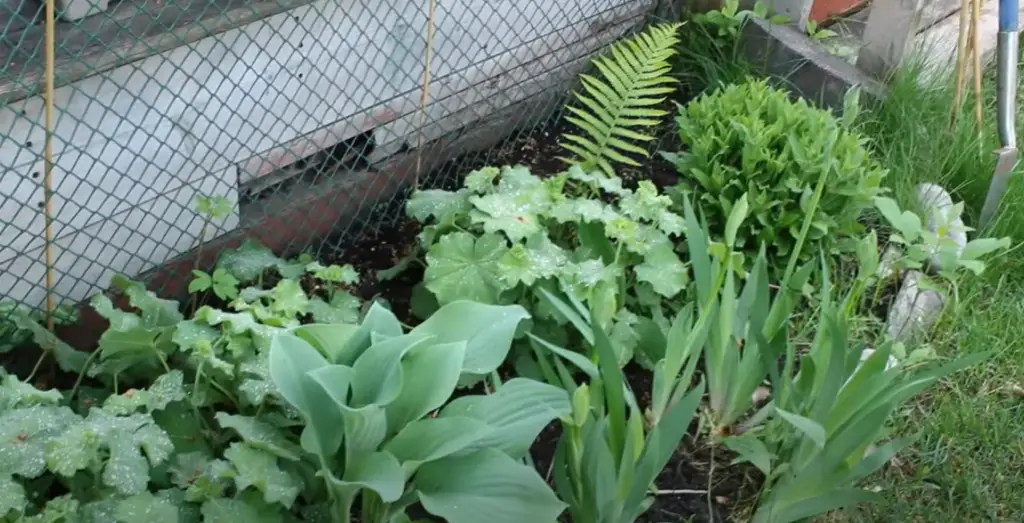
What Is The Best Lily of the Valley Killer?
The best way to get rid of Lily of the Valley is to use a herbicide specifically designed for this weed. Herbicides like triclopyr, glyphosate, or imazapyr are all effective killers. Be sure to check the label and follow the instructions carefully when applying herbicides. Additionally, mowing can help reduce lily of the valley growth while also encouraging new turf grass growth. Keeping your lawn trimmed and free of debris will prevent lily of the valley from taking root in your garden. For more serious infestations that may require multiple applications, contact a professional lawn care service provider for assistance with eliminating this pesky weed from your yard. [4]
How Long Does The Lily Of The Valley Last?
The answer to this depends on the climate you live in and how much work you put into getting rid of it. In a temperate area, Lily of the Valley can spread quickly and persist for many years. However, if you are willing to put in the time and effort required, it is possible to control the spread of these plants over time. To do so requires regular monitoring of your yard or garden, hand-pulling any newly emerging lily shoots from the soil, and mulching areas that have been treated with herbicides. Additionally, for more extreme cases it may be necessary to use chemical treatments such as glyphosate or triclopyr to completely eradicate existing colonies of Lily of the Valley.
With consistent maintenance and intervention, it is possible to manage and eventually completely rid your yard of Lily of the Valley. Always be sure to follow all safety instructions when using any chemical treatments, and wear appropriate clothing while doing so. Additionally, take care not to let any untreated plants spread into nearby areas, as this could cause a new infestation in other yards or gardens. With continued vigilance and diligence you can keep these plants away from your property for good! [5]
FAQ
Is lily of the valley hard to get rid of?
Yes, lily of the valley is a difficult weed to eradicate due to its deep root system and ability to quickly spread. To effectively remove this weed, it’s important to use an integrated approach that includes physical removal, chemical treatments, and preventative measures. When possible, begin with physical removal by digging up plants and roots; however, be prepared for a long-term effort as new shoots will continue to appear from remaining root systems. Chemical control can help reduce overall growth, but should not replace physical removal. Finally, keep lily of the valley contained by regularly mowing or trimming around areas where it has been identified. Additionally, ensure the surrounding soil isn’t too moist or acidic as these conditions may encourage lily of the valley growth. With a consistent, integrated approach, it is possible to get rid of lilies of the valley.
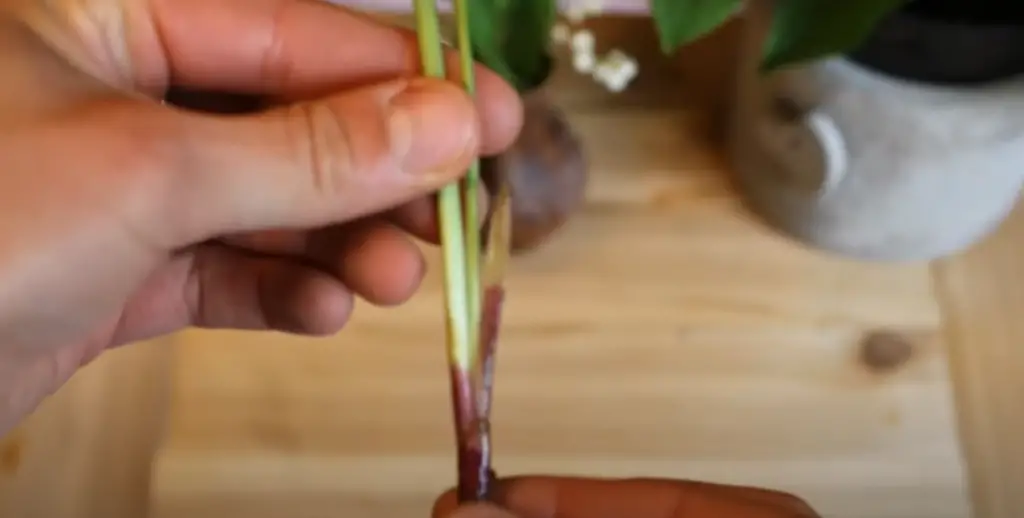
Are there any natural alternatives for getting rid of lily of the valley?
Yes, using natural methods and products may help reduce or eliminate lily of the valley. For example, boiling water can be used as an effective weed killer on small patches; however, this method must be repeated on a regular basis and should not replace physical removal. Additionally, vinegar-based solutions (9 parts water to 1 part white vinegar) may help kill weeds when applied directly to leaves and stems. Finally, corn gluten meal (a by-product from corn processing) has been identified as an effective pre-emergent herbicide to prevent new lily of the valley plants from establishing. For best results, use a combination of natural and traditional methods when trying to get rid of lily of the valley.
How can I prevent lilies of the valley from returning?
The best way to prevent lilies of the valley from returning is by implementing consistent and integrated control measures such as physical removal, chemical treatments, and maintenance/preventative tactics. Additionally, keeping surrounding soil moist but not too saturated may help discourage future growth; however, be sure to avoid fertilizers that are high in phosphorus or nitrogen as these nutrients may encourage weed growth. Finally, consider planting other dense vegetation like fescue grass in impacted areas which can help choking out lily of the valley and provide a long-term preventative solution. With these approaches, it is possible to keep lily of the valley from returning in your yard or garden.
How is lily of the valley poisonous?
Lily of the valley is poisonous because it contains convallatoxin and other cardiac glycosides which are toxic to humans and animals if ingested. Additionally, some people may experience skin irritation or a rash when coming into contact with lily of the valley foliage. To protect yourself and others, always wear protective gear (gloves, long-sleeved shirt, etc.) when handling this weed. Additionally, be sure to keep children and pets away from lily of the valley plants as they can easily be poisoned by ingesting any part of the plant. Taking these precautions will help ensure your safety while controlling this weed.
How do you remove lily roots?
The best way to get rid of lilies in the valley is to dig up the plant and its roots. This may require a shovel or other tool, depending on the size and age of the plant. Carefully dig a circle at least six inches around the base of the plant, ensuring that you don’t damage any other plants in the process. Gently lift out the root ball from the soil and then dispose of it away from your garden area. To ensure that no sprouts are left behind, check for tiny white bulbs near where you dug up before backfilling with soil. If needed, use an herbicide or weed killer to prevent any regrowth or sprouting in future seasons.

What is special about lilies of the valley?
Lily of the valley is a perennial flowering plant with small, bell-shaped white flowers and glossy oval leaves. It has an unmistakable sweet scent that makes it popular for gardeners and flower lovers alike. This low maintenance plant is also highly versatile, as it can be planted in both shaded and sunny locations. Additionally, lily of the valley is extremely hardy, so it can tolerate a wide range of conditions. Its high resistance to drought and disease make it perfect for planting in any climate or soil type. Lastly, this hardy flower spreads rapidly via its underground stem system, so once you’ve planted it in your garden, you won’t have to worry about replanting anytime soon!
What does lily of the valley smell like?
Lily of the valley has a distinctly sweet and delicate scent. Its aroma is often described as being like that of spring or summer rain: fresh, light, and floral. The flowers are especially fragrant in the late spring when they’re in bloom. This flower’s unique fragrance makes it a popular choice for potpourris, perfumes, and other aromatic creations.
What can lily of the valley be used for?
Lily of the valley can be used to create a variety of different things both indoors and out. The plant’s leaves make excellent additions to salads, while its flowers provide lovely accents for bouquets. Decorative wreaths made from lily of the valley can also be hung on the outside of a home or in the garden. In addition, lily of the valley can be used medicinally as an herbal remedy to treat certain ailments, such as headaches and nausea. Lastly, this fragrant flower is also great for attracting beneficial insects to your garden.
Is the lily of the valley good luck?
No, the lily of the valley is not considered a sign of good luck. In fact, it can be quite pesky to get rid of once it takes root in your garden or lawn. The plant’s rhizomes spread underground and its white bell-shaped flowers can quickly overtake an area if left unchecked. To effectively control their growth and prevent reproduction, you must properly remove the plant from its current location as well as apply appropriate treatment methods to the surrounding soil.
Useful Video: How to Weed Out Lilies of the Valley
Conclusion
The best way to get rid of Lily of the Valley is to manually pull out the plants, roots and all. Once you have removed all the existing plants, it’s important to keep a close eye on your garden and regularly check for any new growth. If you find more sprouts arising, be sure to remove them quickly before they become established in your garden. You can also apply an herbicide with glyphosate as its active ingredient if manual removal isn’t practical or possible. It’s important that you follow the instructions carefully when applying these products, making sure not to damage any other plants nearby. Finally, preventative measures like maintaining healthy soil conditions and covering the ground with mulch or stones will help discourage new growth from emerging in the future. With a little bit of effort, you can enjoy your garden again without having to deal with the pesky Lily of the Valley.
References:
- https://www.gardeningknowhow.com/ornamental/bulbs/lily-of-the-valley/lily-of-the-valley-control.htm
- https://www.birdsandblooms.com/gardening/gardening-basics/how-get-rid-lily-of-the-valley/
- https://plantcaretoday.com/get-rid-lily-valley.html
- https://www.thenews-messenger.com/story/news/2020/08/03/master-gardener-heres-how-keep-lily-valley-under-control/5571170002/
- https://homeguides.sfgate.com/kill-lily-valley-41593.html

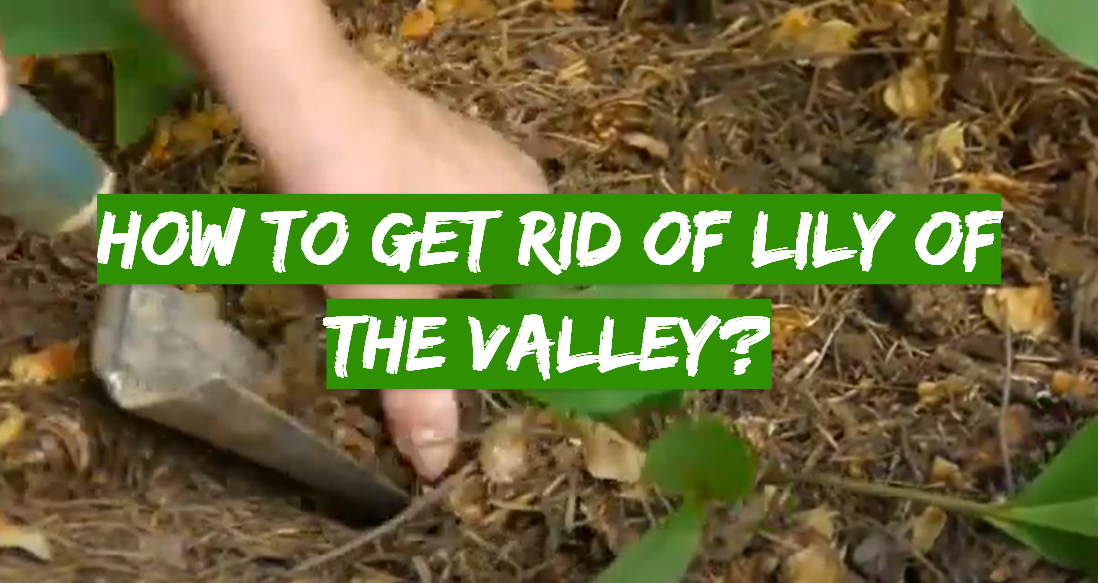


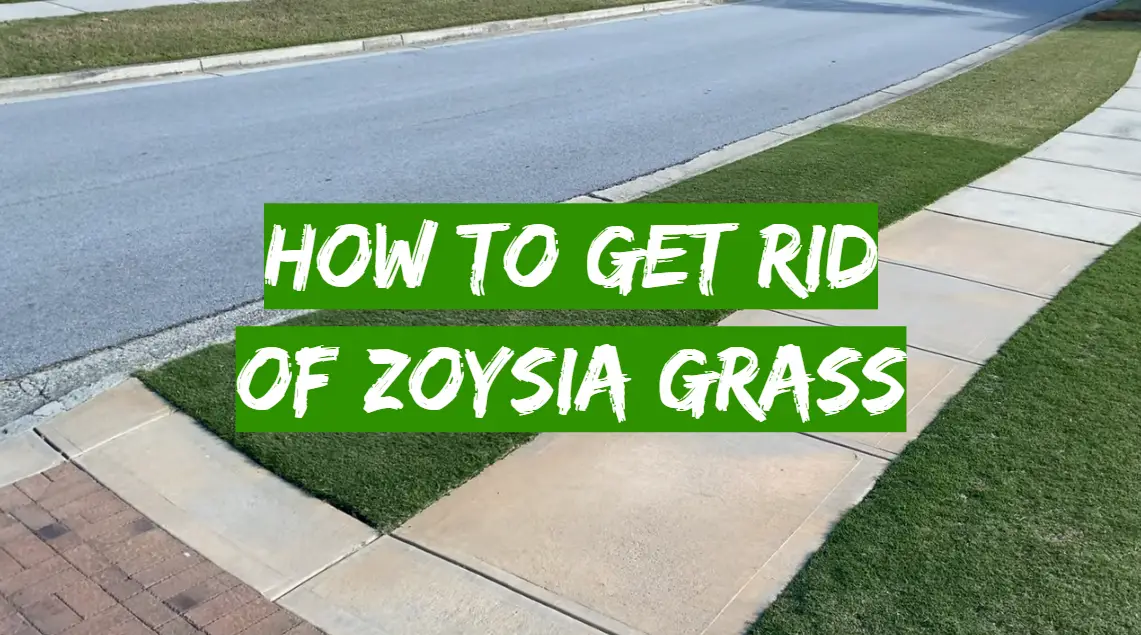
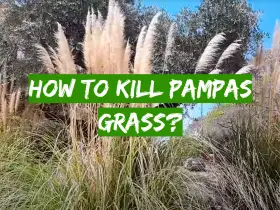

Leave a Reply
View Comments